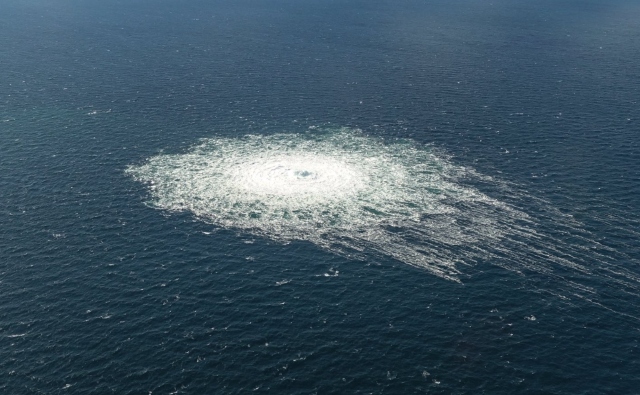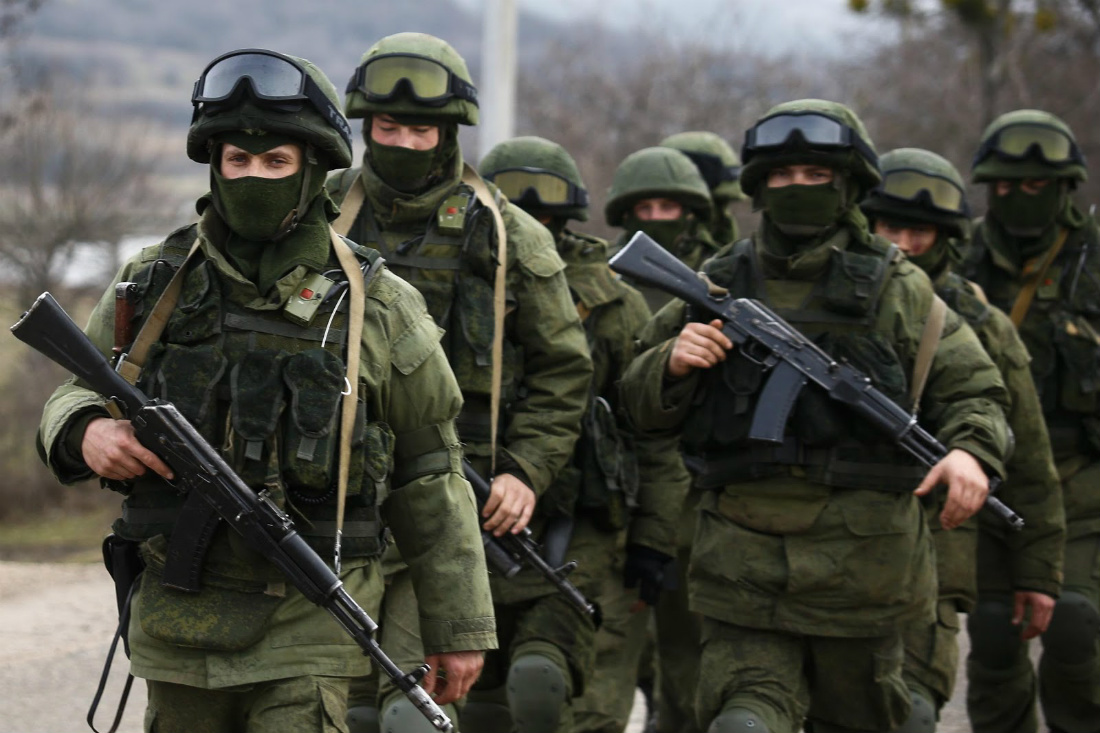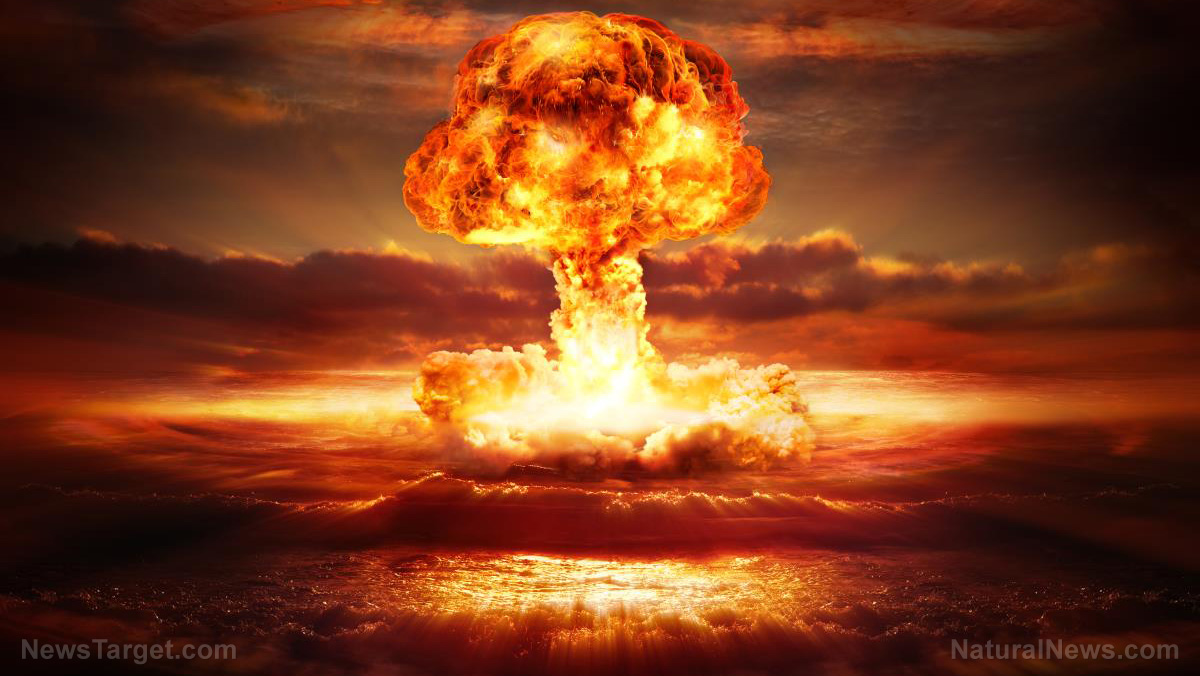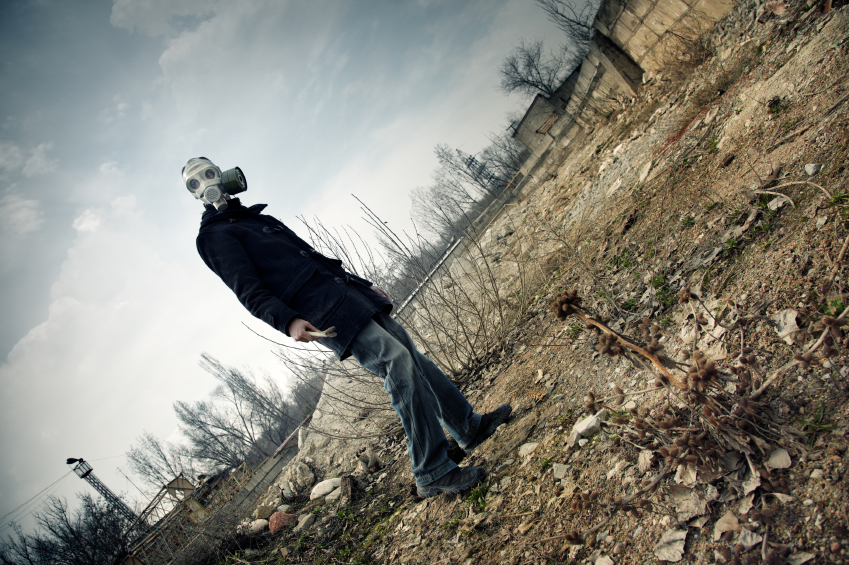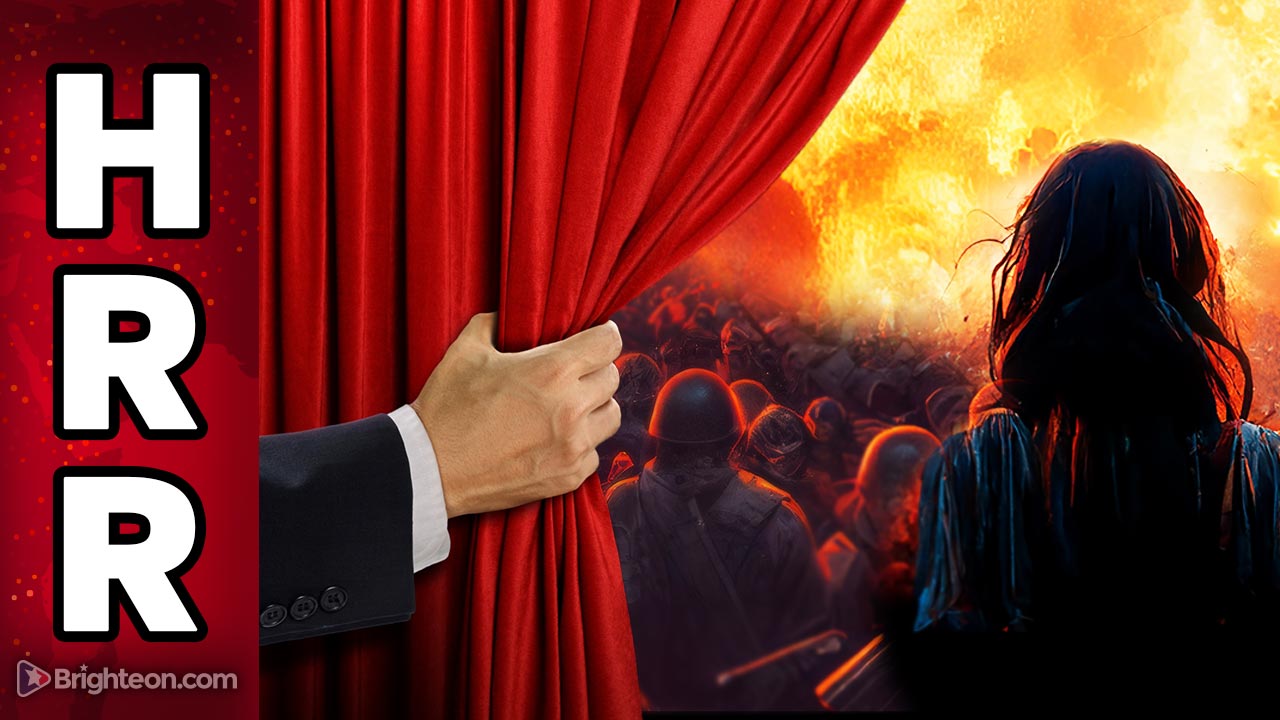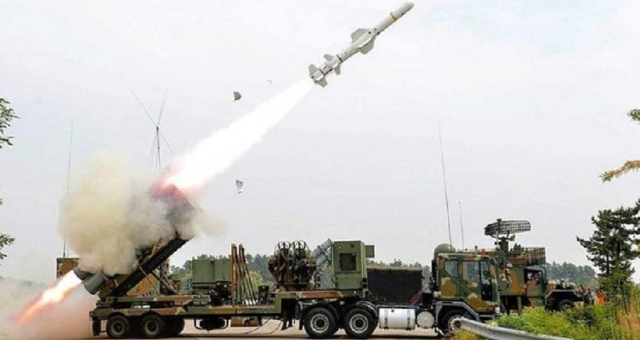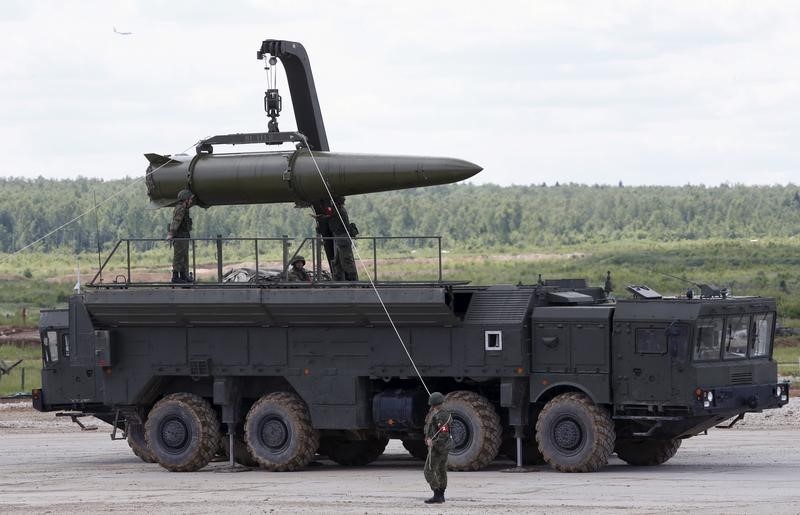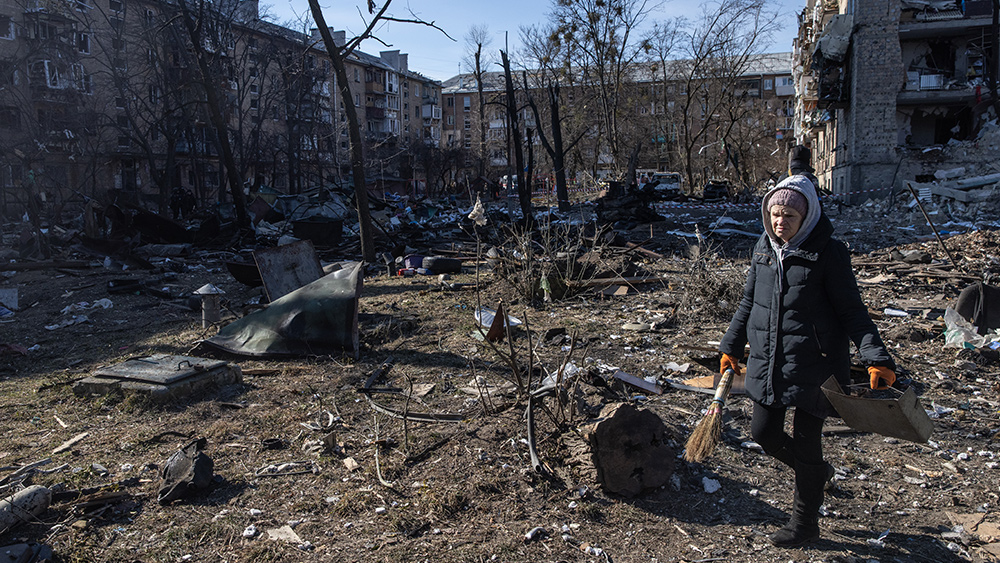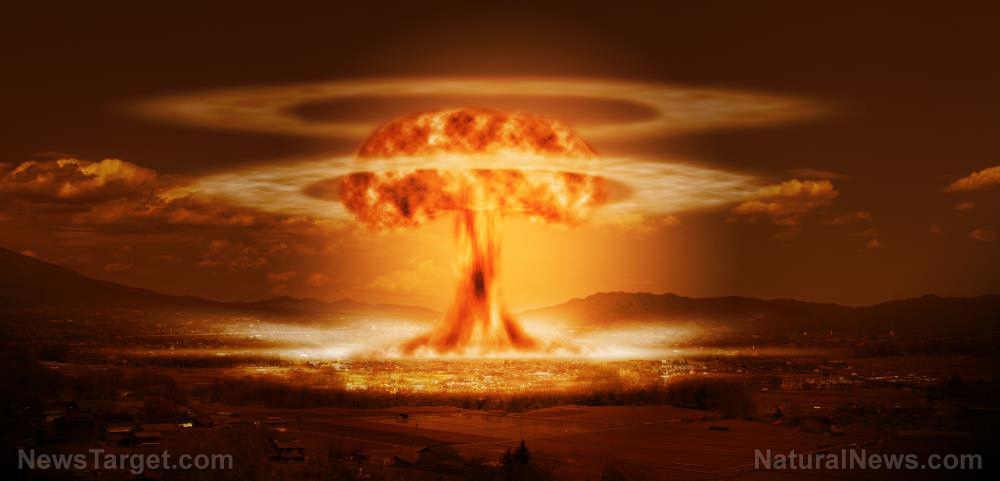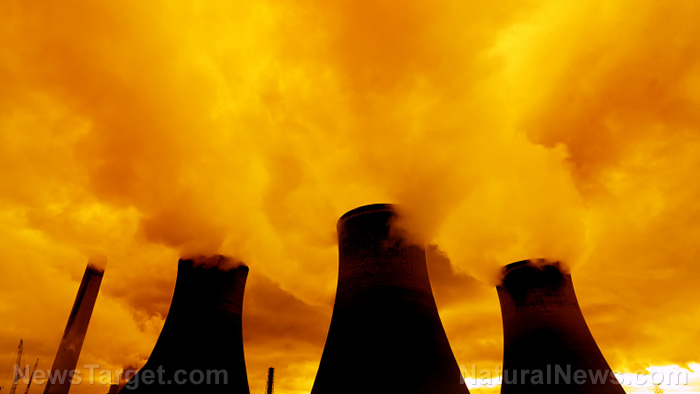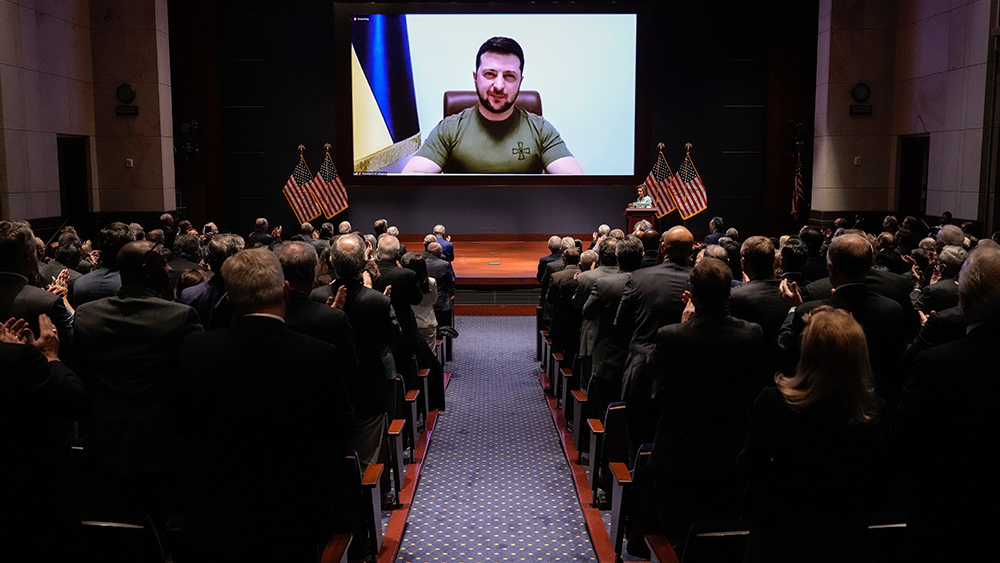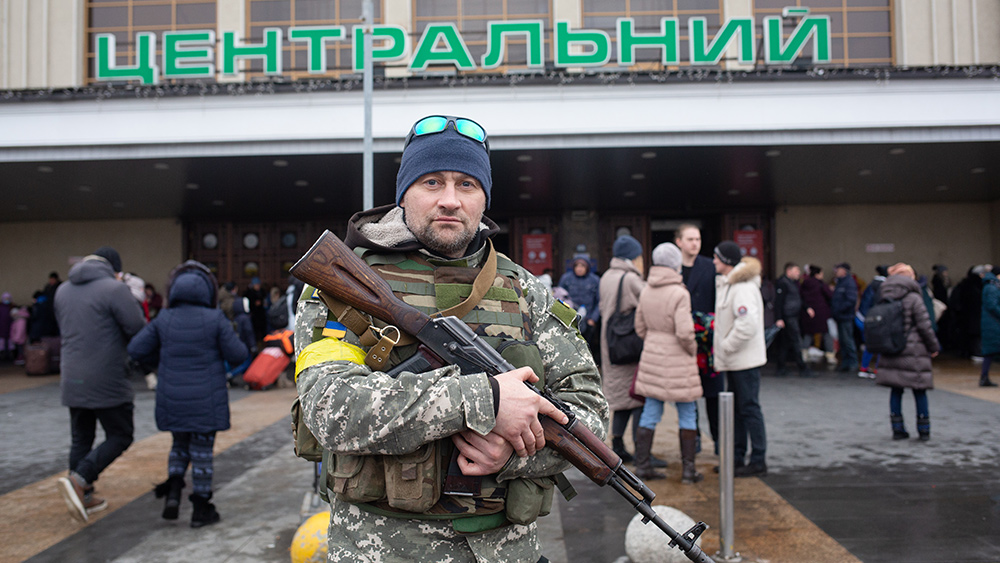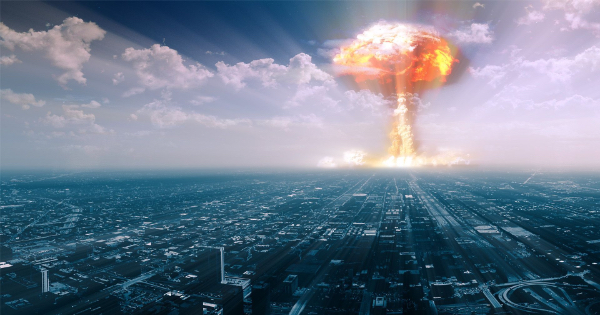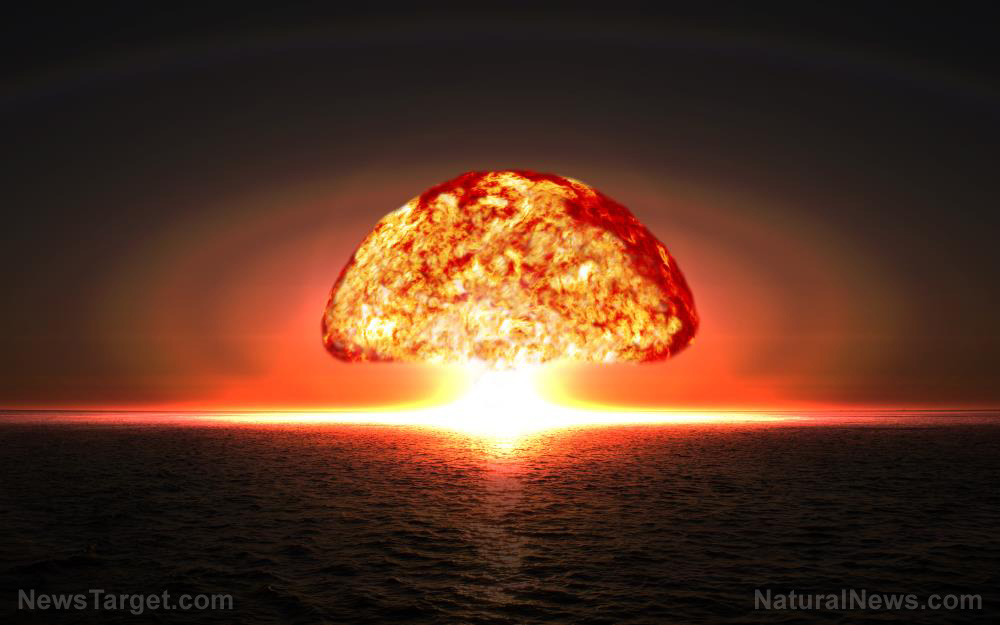Survival 101: Preparing for a nuclear emergency
10/03/2022 / By Zoey Sky
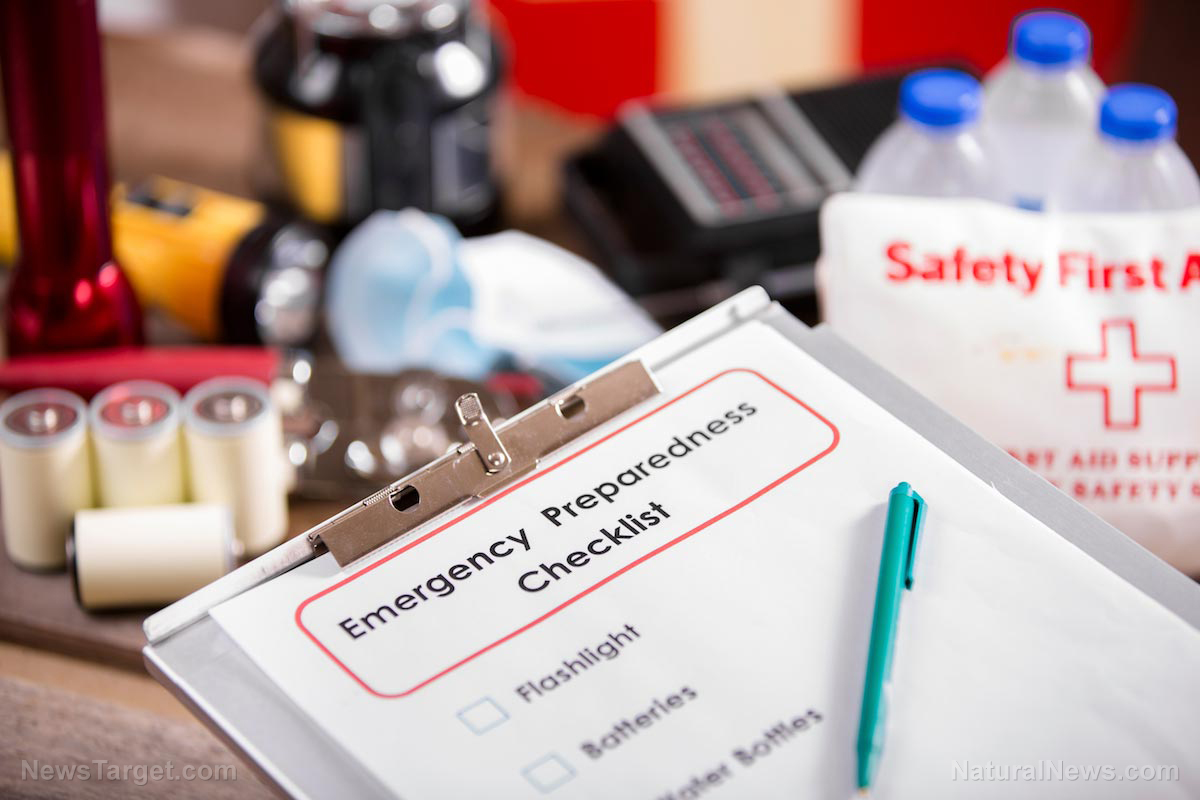
A nuclear disaster refers to a nuclear power plant explosion or a leak from a nuclear facility, like in the case of Chernobyl in Ukraine or Fukushima in Japan. It also refers to a nuclear war, the odds of which have risen since Russia invaded Ukraine.
If a nuclear disaster strikes, your chance of surviving will usually depend on your location and how fast you react. With proper planning, you can increase your chance of surviving when SHTF. (h/t to TheSurvivalMom.com)
What happens when a nuclear device explodes?
If a nuclear disaster happens, here are some things to watch out for:
A blinding flash
A blinding flash will cause temporary blindness for one minute or so. Once this happens, quickly head to the safest place possible for the oncoming blast wave.
The blast wave
A blast wave will quickly radiate out from the explosion and the force will be strong enough to knock over buildings and destroy everything in the immediate blast zone.
The size of the blast zone depends on the size of the bomb or explosion. For example, a one-megaton nuclear bomb has a blast zone of 3.7 miles and a ten-megaton bomb would cause lethal burns to anyone within a 20-mile radius of the explosion.
This means if you are still in the blast zone of a nuclear bomb, your chances of survival are very slim. But if you are lucky enough to be outside the blast zone and act quickly, your chances of survival will significantly go up. (Related: CBRN defense and preparedness: How to be ready for a nuclear emergency.)
Nuclear fallout
The telltale mushroom cloud of a nuclear explosion carries particles high into the atmosphere and drops them back down to earth as sand-sized radioactive “fallout.” Depending on the size of the blast, you will have about 15 to 30 minutes to get to your bug-out location, like a concrete basement or inner room.
Watch if the mushroom cloud begins drifting in a particular location to check if you need to seek immediate shelter from the radiation. If the prevailing winds carry it away, you can enforce other survival measures.
If you’ve prepared ahead, you should be close enough to a preplanned shelter with the necessary survival supplies.
Otherwise, get your regular survival and nuclear go bags and head to a safe place to increase your odds of survival. After a nuclear disaster, you may need to stay in the shelter for up to 30 days.
Electromagnetic pulse (EMP)
Lastly, a nuclear explosion will also cause an EMP to take out the electrical grid and electronics up to an unknown radius.
It remains to be seen how far EMP damage can extend, but it’s possible that it will extend farther out than the blast zone or the fallout. If you want to protect your electronic devices, buy or build a Faraday cage or container.
A Faraday cage protects devices by preventing electromagnetic energy from getting inside. Expensive Faraday cages or containers use a combination of fine copper mesh and solid aluminum.
For a cheaper DIY alternative, build your own Faraday container using aluminum foil and a galvanized steel trash can.
How to survive a nuclear disaster
You may or may not receive a warning before a nuclear explosion.
If the source is a domestically planted nuclear device or an accident at a nuclear facility, you will typically not have any advance warning. But if it’s a missile attack, you will probably receive a warning through an emergency broadcast or via social media.
Plan ahead
Even preppers can’t predict where they might be during a catastrophic event. But knowing safe locations in the areas you usually frequent, especially in and around your home, can help you act faster if you see the blinding flash that precedes a nuclear explosion. Because every second counts, planning ahead can help you act more quickly when SHTF.
Prepare your nuclear disaster go bag
When disaster strikes, you will need a standard survival bug-out bag and a nuclear disaster go bag. The latter contains items necessary for a nuclear emergency, so prepare one for each family member.
Your nuclear disaster go bag should include:
- A nuclear war survival skills manual
- A radiation detector or Geiger counter to assess if it’s safe to go back outside. Get a durable unit that can measure nuclear radiation.
- A full-face gas mask so you can safely head to your bug-out location. For additional protection, get a special gas mask filter too.
- Potassium iodide (KI) tablets to prevent your thyroid from absorbing some kinds of nuclear radiation. They are crucial for young people but they offer almost no benefit for adults aged 55 or older. Take KI tablets before exposure if possible or as soon as possible.
- Coveralls or a rain suit to help protect you from the fallout. Leave it outside your shelter once you get to safety.
- Plastic sheeting and duct tape to seal off doors or windows in your shelter to keep out the fallout.
- Wipes or a washcloth and water to wipe off radiation particles from fallout once you reach a shelter. Showering is preferred, but use wipes or a washcloth with water if you don’t have access to a shower.
- A hand-crank emergency radio to monitor emergency broadcasts if you are in a shelter. The radio will help you monitor the extent of the disaster and reports can help you determine when it’s safe to come out.
Head to a safe location
You will be limited by time during a nuclear disaster so get to the nearest safest place as fast as you can.
The best place to weather out a nuclear event is in the basement or inner room of a concrete or brick house with at least 30 days’ worth of supplies for the whole family. You can also head to a shelter without windows or one with the most materials or earth between you and the blast and fallout.
You can also take shelter at a concrete parking garage if you don’t have other options.
Bug out until the radiation drops to safe levels
Radiation levels will drop fast after a nuclear explosion, but it depends on the size of the event and where you were in relation to it. This is why you need a radiation detector or a Geiger counter.
Radiation levels will drop by half after the first 24 hours, then again in the next 24 hours. It depends on your distance from the epicenter or if prevailing winds carried the fallout away from you.
If you were in an area with significant exposure, you might have to stay in your bug-out location for at least 30 days.
Before SHTF, make sure your “nuclear safe room” has enough survival basics for the whole family like a water purifier, water for drinking and hygiene, shelf-stable food, sanitation supplies, an indoor toilet and books, board games and other forms of entertainment.
If you prepare ahead of time, you can survive a nuclear disaster. Make sure you have an emergency preparedness plan and bug-out bags for the whole family to improve your chances of surviving a nuclear disaster.
Watch the video below for more tips on how to survive a nuclear war.
This video is from the Surviving Nuclear War channel on Brighteon.com.
More related stories:
What you and your community need to do within the first 90 days of a catastrophic collapse.
How to prepare for an EMP threat.
Survival essentials: 10 Emergency supply tips for preppers.
Sources include:
Submit a correction >>
Tagged Under:
bug out, collapse, disaster, emergency preparedness, homesteading, nuclear attack, nuclear war, off grid, preparedness, prepper, prepping, radiation, self-defense, SHTF, survival, survival gear, survival medicine, Survival Tips
This article may contain statements that reflect the opinion of the author
RECENT NEWS & ARTICLES
COPYRIGHT © 2022 NuclearWar.news
All content posted on this site is protected under Free Speech. NuclearWar.news is not responsible for content written by contributing authors. The information on this site is provided for educational and entertainment purposes only. It is not intended as a substitute for professional advice of any kind. NuclearWar.news assumes no responsibility for the use or misuse of this material. All trademarks, registered trademarks and service marks mentioned on this site are the property of their respective owners.

